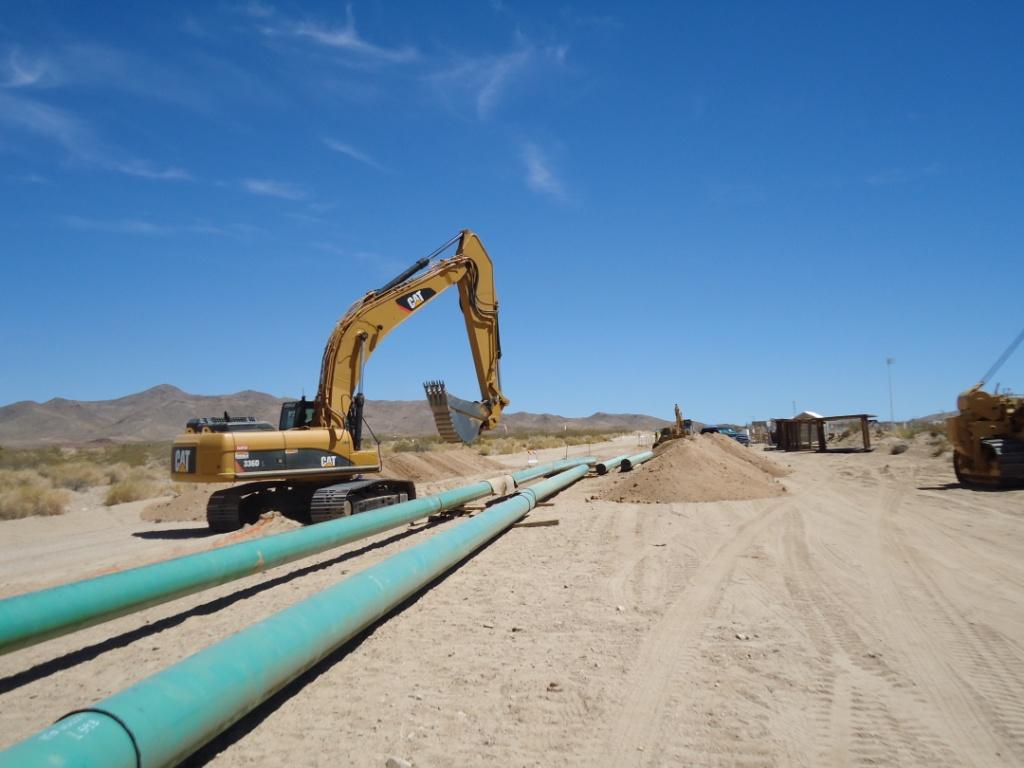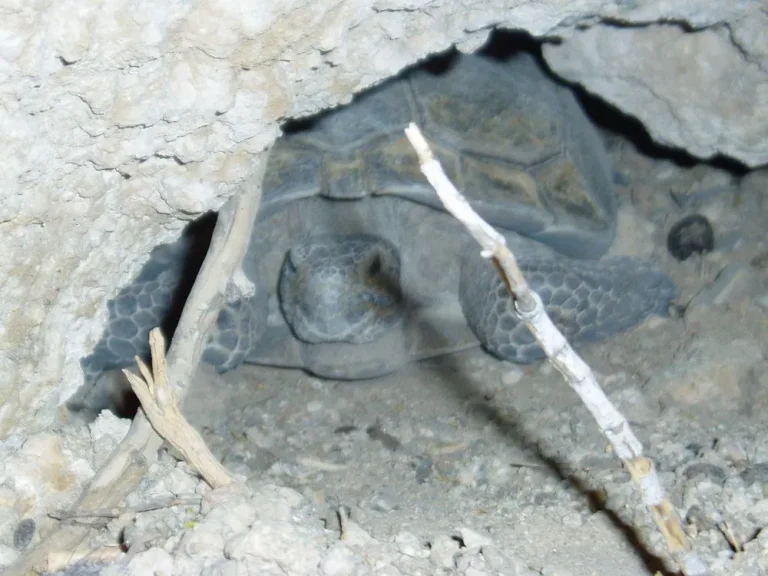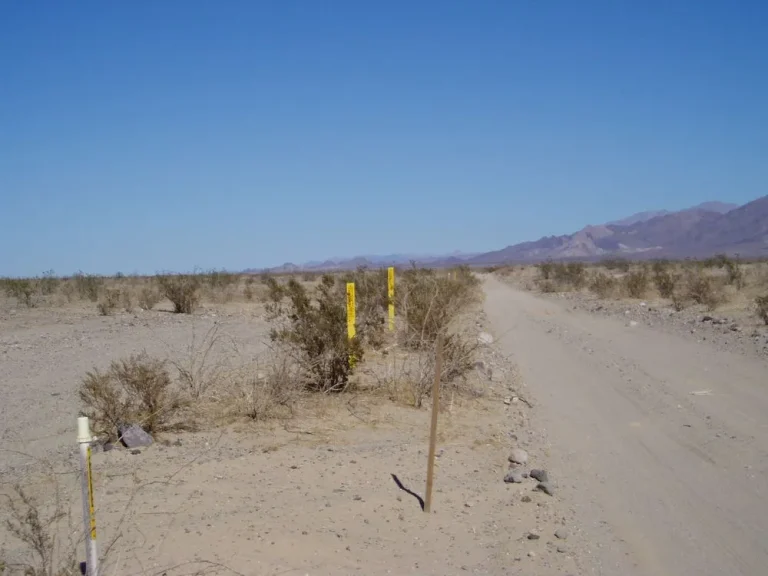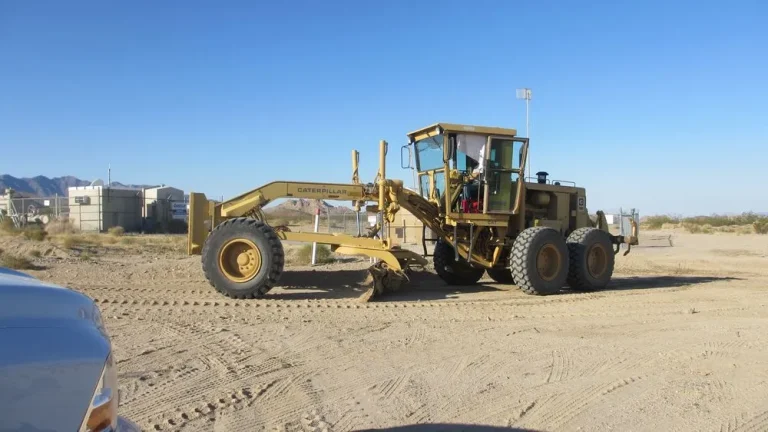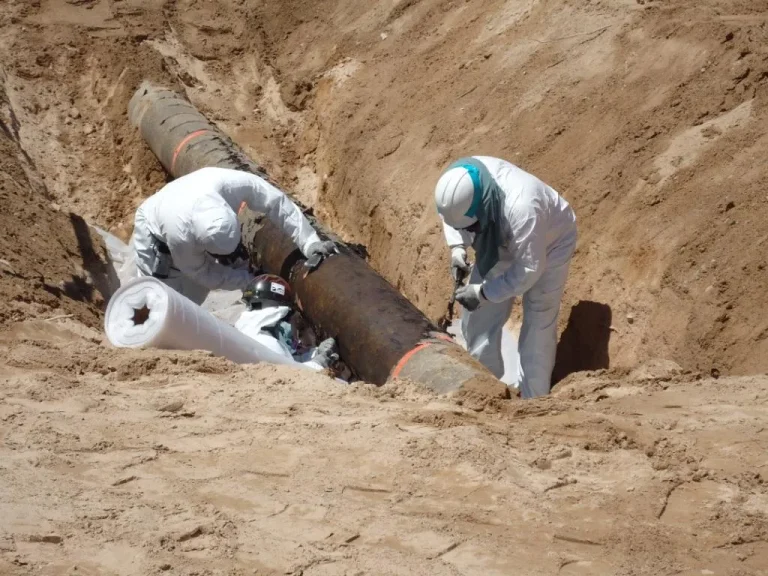From developing the permitting strategy to overseeing restoration, Insignia assisted our client for the conversion of an existing petroleum product line into a natural gas line, involving the construction of two interconnections from an existing petroleum product line to the existing northern and southern gas transmission systems.
The project involved the conversion of 66 miles of a petroleum product line into a natural gas line, including the installation of new valves, replacement of cathodic protection units, construction of pressure-limiting stations, and repairs at more than 100 locations where pipeline anomalies had been identified. Additionally, the project involved the construction of two interconnections from the original petroleum product line to the existing northern and southern transmission systems.
Permitting for this large-scale project proved challenging due to the large project area, the variety of terrain and habitat crossed, and the demands the project placed on busy jurisdictional agency personnel. Of particular challenge was the California Environmental Quality Act (CEQA) and National Environmental Policy Act environmental review processes. Determining the best and most expeditious way to achieve CEQA compliance took intense discussion, research, and continual reassessment of the options. Ultimately, Insignia was able to work closely with the client and the county to prepare an addendum to the Environmental Impact Report of a previous project in order to comply with CEQA.
Prior to the start of construction, Insignia provided supervisor-level and crew-level environmental trainings, and also conducted biological monitoring during construction activities. The expertise and experience of our biological monitors allowed for issues to be resolved in the field before they were escalated, thereby minimizing management time and costs associated with this project. For example, the presence of desert tortoise (Gopherus agassizii) in the project area necessitated agency involvement and particular diligence on behalf of our biological monitors to avoid take of species. Daily monitoring reporting reports from the field kept the client apprised of ongoing construction activities, biological resources encountered, the implementation of mitigation measures, and environmental compliance issues. Following construction, Insignia oversaw restoration activities and managed a 6-year monitoring effort to evaluate revegetation success. Getting from seed to vegetative cover can be challenging in the desert with prolonged drought precluding seed germination and summer monsoons washing seed and unsuspecting saplings away. Using an adaptive management approach, both diversity and density were achieved.
